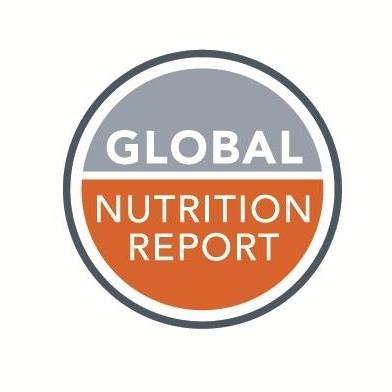Highlights: Global Nutrition Report, 2018
India has the highest number of ‘stunted’ children in the world and nearly a third of all stunted children worldwide are to be found in India as per the recently released WHO’s Global Nutrition Report, 2018.
About Global Nutrition Report
The Global Nutrition Report came into existence following the first Nutrition for Growth Initiative Summit (N4G) in 2013. The Global Nutrition Report was devised as a mechanism for tracking the commitments made by 100 stakeholders spanning governments, aid donors, civil society, the UN and businesses.
The Global Nutrition Report is the world’s leading report on the state of global nutrition. The report is delivered by an Independent Expert Group and guided at a strategic level by a Stakeholder Group, whose members also review the Report.
2018 Report: Global Profile
- Stunting among children aged under five has fallen from 32.6 per cent in 2000 to 22.2 per cent in 2017
- 20 million babies are born with low birth weight each year.
- 3 million Children in the world over are overweight, while 38.9 per cent of adults are overweight or obese.
- One third of all women of reproductive age have anaemia.
- Women also have a higher prevalence of obesity than men.
2018 Report: Indian Profile
- India has the highest number of ‘stunted’ children in the world and nearly a third of all stunted children worldwide are to be found in India.
- About 46.6 million children in India suffer from stunting due to poor nutrition intake in the long term and repeated infections.
- India is also the country with the highest number of children who are ‘wasted’. This is an even more severe indicator of acute malnutrition.
- India has 25.5 million children who are wasted. Among the 50.5 million children who are wasted globally, India has half of the global wasting burden.
- Stunting in India varied greatly from district to district (12.4 per cent to 65.1 per cent). 239 of 604 districts had stunting levels above 40 per cent.
- As of 2015, the percentage of children Under 5 (both boys and girls) who were stunted was 37.9 per cent and the percentage of children Under 5 who were wasted was 20.8 per cent.
- The households with the lowest incomes had the highest number of wasting (23.8 per cent) and stunting (50.7 per cent) among children aged under five years.
- 7 per cent of children under five years of age were stunted in rural India while 30.6 per cent of children were stunted in urban India, while 21.1 per cent children aged under five were wasted in rural areas and 19.9 per cent were wasted in urban areas.
- The report also shows the nutrition status of children and adolescents aged between five and19 years. 58.1 per cent of boys were underweight while 50.1 per cent girls were underweight. This difference between the genders is attributed to India’s adverse sex ratio in the first place.
- More than half of all women of reproductive age (51.4 per cent), whether or not they were pregnant, suffered from anaemia.
The International Food Policy Research Institute (IFPRI) had used district-level aggregate data from the 2015-2016 National and Family Health Survey (NFHS) in India along with the data from UNICEF/WHO/World Bank Group: Joint child malnutrition estimates, NCD Risk Factor Collaboration, WHO Global Health Observatory.
Month: Current Affairs - December, 2018


